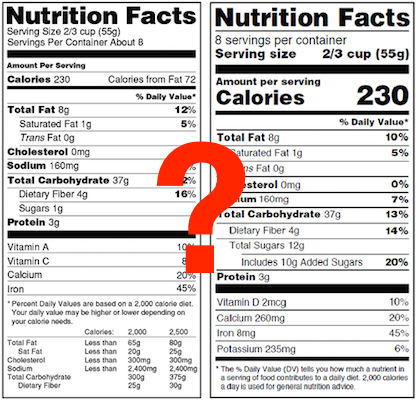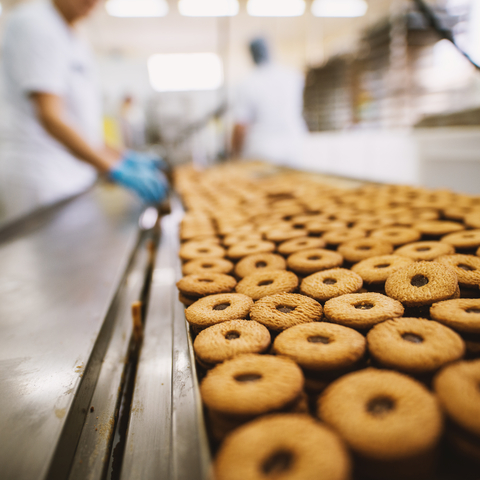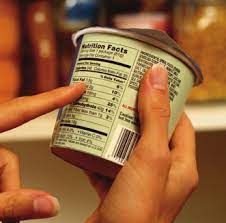Tracking Inventory Levels for Food Production
It's happened to all of us: you're happily making a recipe when you discover you're out of that staple ingredient you were sure you had. When it happens in your own kitchen while you're making dinner for yourself it can lead to a creative fix and a new favorite twist. Or it can turn to a pan of goop in the garbage. But when it happens in commercial food production, it's a disaster affecting your costs, product quality, customer service, and reputation.
To Hoard or Not To Hoard?
If you're a food manufacturer and you run out of the materials you need, then production stops. So how can you make sure you're properly stocked and that doesn't happen? You could try to avoid the problem by keeping large inventories of materials on hand, but that approach comes with its own problems. The biggest issue is wasting money. You tie up cash, incur storage costs, and face expiration dates and potential spoilage, which defeat the entire purpose of "hoarding."
On the other hand, when you don't have enough raw material in stock, you lose production time, you run the risk of paying premium (retail) prices for what you need, and you might not be able to guarantee the consistency or quality of the product from the affected run. That in turn can affect your customers' perceptions and satisfaction and damage your reputation, especially if you're just building it.
Always have enough inventory on hand. But not too much.
Striking a Balance with Your Inventory
These issues go to the heart of remaining competitive in the unusually competitive food sector, and manufacturers need to strike a balance between running out of materials and having too much on hand to optimize their productivity. Inventory control is the process of finding that balance.
There are many different approaches to inventory control, both for raw materials and finished goods. How you do it is less important than making sure you achieve the goals and purpose. In the food industry, considerations and goals for inventory control include preserving food quality, keeping food safe, limiting losses from recalls, maximizing efficiency, and managing costs.
Managing Food Inventory Costs
Costs aren't limited to the prices you pay for your materials or your production delays. Certainly if you run out of ingredients during production, you will have to supplement with whatever you can get your hands on, and that usually means buying ingredients at retail prices. But the effects trickle down; you can't change the end price of your product to your customers for that one run, so you'll at best cut into your profits and at worst sustain a deficit. For smaller companies that run tight margins, that's a heavy burden.
Optimizing with ReciPal
If you could automatically subtract inventory after production runs and have a real-time view of your inventory at all times, you would meet most of the goals for controlling your inventory of raw materials. In ReciPal's inventory management tool, you can do just that.
Ingredients are subtracted from your record of supplies as you use them during a production run. You can also make manual adjustments if you need to account for something that wouldn't be captured by the run information, such as an ingredient going bad or simply counting your updated inventory. Because controlling your raw materials is so critical to your operations, ReciPal gives you an easy way to follow best practices in inventory control that includes the information you need and the automation to keep you up and running.





